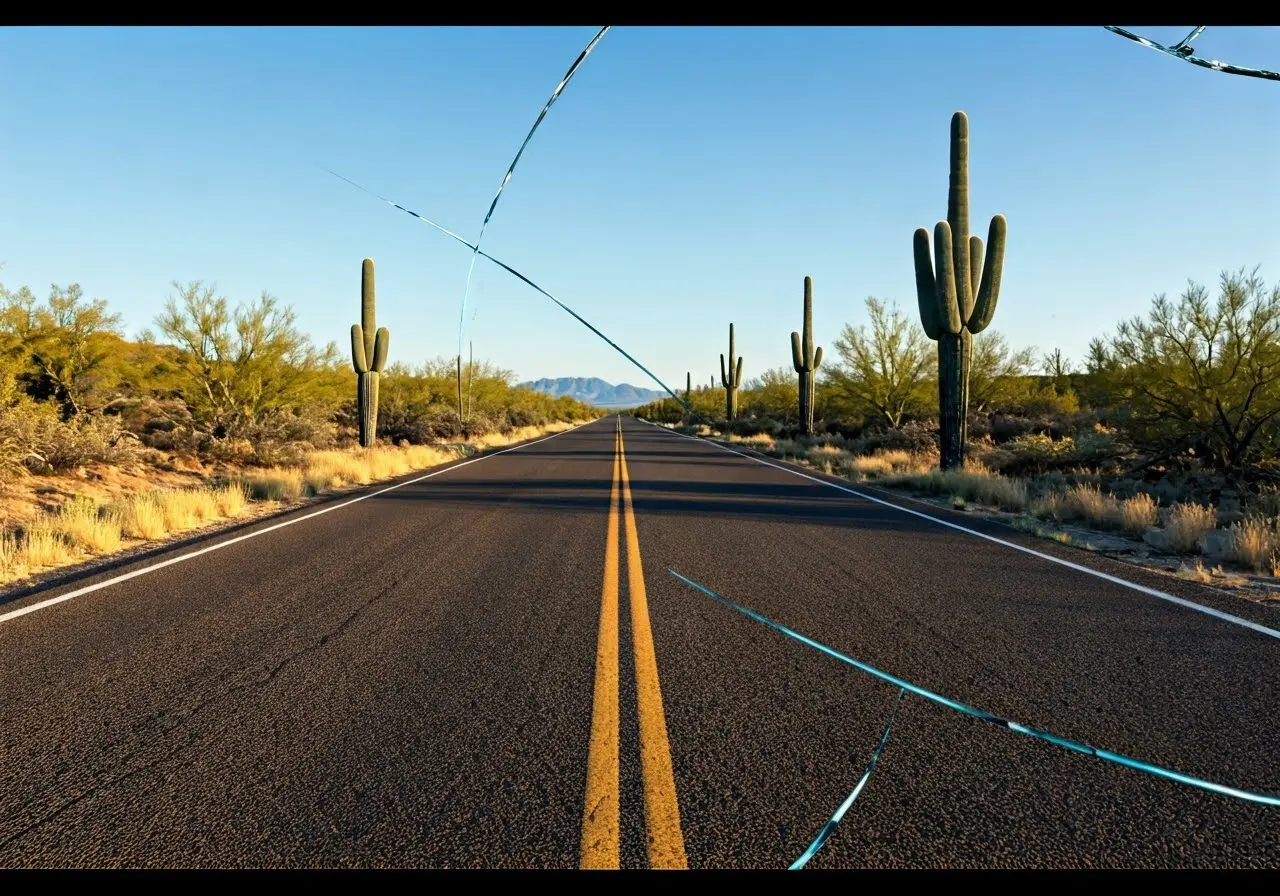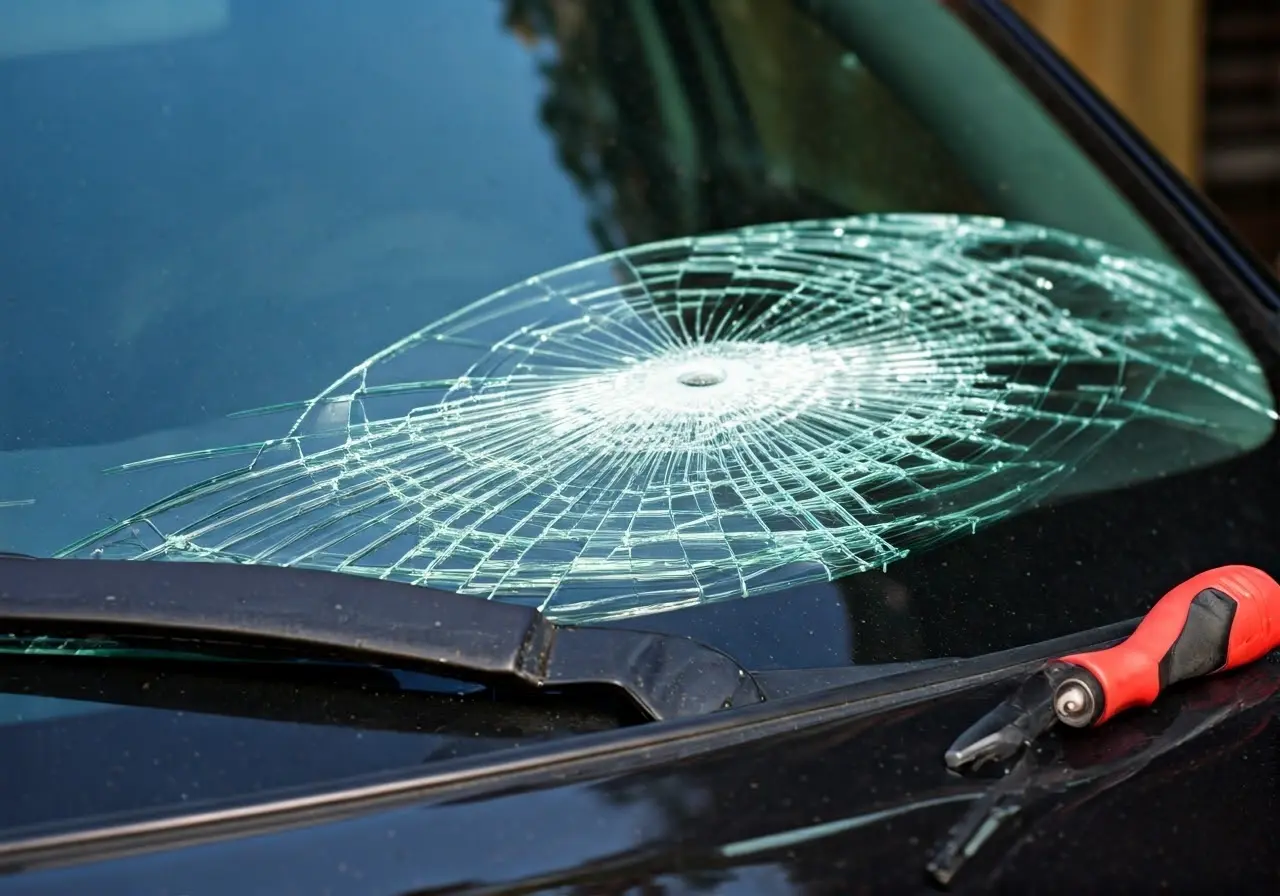When we think about vehicle safety, our minds often jump to seatbelts, airbags, and anti-lock brakes. However, one crucial component that sometimes goes overlooked is the auto glass in our vehicles. From your windshield to the passenger windows, auto glass plays an integral role in maintaining safety by providing structural integrity and protection for passengers. In this blog, we’ll delve into the essential role of auto glass, examining its importance and how it contributes to overall vehicle safety.
The Structural Importance of Auto Glass
Auto glass isn’t just there for aesthetics; it’s a key structural component of your vehicle. The windshield, in particular, provides up to 30% of a car’s structural strength. This means that it supports the car roof, especially in the event of a rollover accident, preventing the roof from caving in and reducing the risk of injury to passengers. Moreover, the auto glass aids in aerodynamics, enhancing the vehicle’s fuel efficiency by reducing drag The Role of Auto Glass in Vehicle Safety and Security.
In addition to maintaining the vehicle’s integrity during accidents, auto glass acts as a protective layer against external elements. It shields passengers from debris, UV rays, and inclement weather. The strength of the windshield is vital during frontal impacts, where it works in conjunction with airbags to cushion and protect occupants. A compromised windshield can fail under pressure during an accident, underlining the necessity for maintaining its integrity through regular inspections and timely repairs.
Windshield Technology and Safety Features
Modern vehicles come equipped with advanced technologies such as rain sensors and auto-dimming mirrors, all integrated into the windshield. These features not only enhance convenience but also play a significant part in improving safety, enabling better visibility and response times under various driving conditions. Additionally, many vehicles are now equipped with Head-Up Display (HUD) technology, projecting important data like speed and navigation directions directly onto the windshield, allowing drivers to keep their eyes on the road Navigating the Future: Cutting-Edge Trends in Auto Glass.
Another aspect of windshield technology is the integration with Advanced Driver Assistance Systems (ADAS). These systems often rely on cameras and sensors mounted on the windshield, aiding in lane departure warnings, automatic emergency braking, and traffic sign recognition. Proper calibration of these systems is critical after any windshield replacement to ensure optimal functioning, emphasizing how auto glass serves as the central hub for modern driving safety technologies.
The Role of Side and Rear Auto Glass
While the windshield often gets the spotlight, the side and rear auto glass also play critical safety roles. They are designed to enhance the vehicle’s aerodynamics and noise insulation while providing clear visibility. Moreover, tempered or laminated options help in preventing harmful shards from injuring passengers during an impact. Automotive safety standards mandate the use of tempered glass for side and rear windows, which shatters into small, rounded fragments rather than sharp pieces, reducing the risk of injury The Hidden Dangers of Ignoring Auto Glass Damage.
In addition to safety, the side and rear windows contribute to the comfort of passengers by reducing heat and UV light penetration. Specialized tints and coatings can further enhance this protection, providing privacy and reducing glare. The rear glass, often equipped with a defroster, ensures clear visibility in cold conditions, emphasizing the comprehensive role of auto glass in passenger safety and comfort.
The Importance of Timely Auto Glass Repair and Replacement
Minor chips and cracks in auto glass might not seem urgent, but they can compromise the safety functionality of your vehicle. Timely repair or replacement is crucial, as damage can worsen over time, leading to bigger safety risks and higher costs. Tiny chips can expand into much larger cracks due to temperature changes, road vibrations, or simply the stress of everyday driving. Addressing these issues promptly can save you from costly repairs and ensure that your vehicle remains safe What Types of Auto Glass Problems Can Be Fixed?.
Ignoring damaged auto glass can also lead to potential legal issues, as driving with a compromised windshield is illegal in many jurisdictions due to the risk it poses to both the driver and other road users. Insurance policies often cover windshield repairs, making it an accessible and cost-effective procedure. Regular maintenance and checks can help in identifying issues early, ensuring that the glass remains a reliable safeguard against external hazards.
Understanding the Value of Auto Glass for Safe Driving
Auto glass is more than just a clear shield against the wind and rain—it’s a vital part of your vehicle’s safety system. Keeping it well-maintained ensures that you’re not only driving in comfort but also in safety. By understanding the significance of auto glass, drivers can make informed decisions about repairs and replacements, leading to a safer driving experience for everyone on the road.



